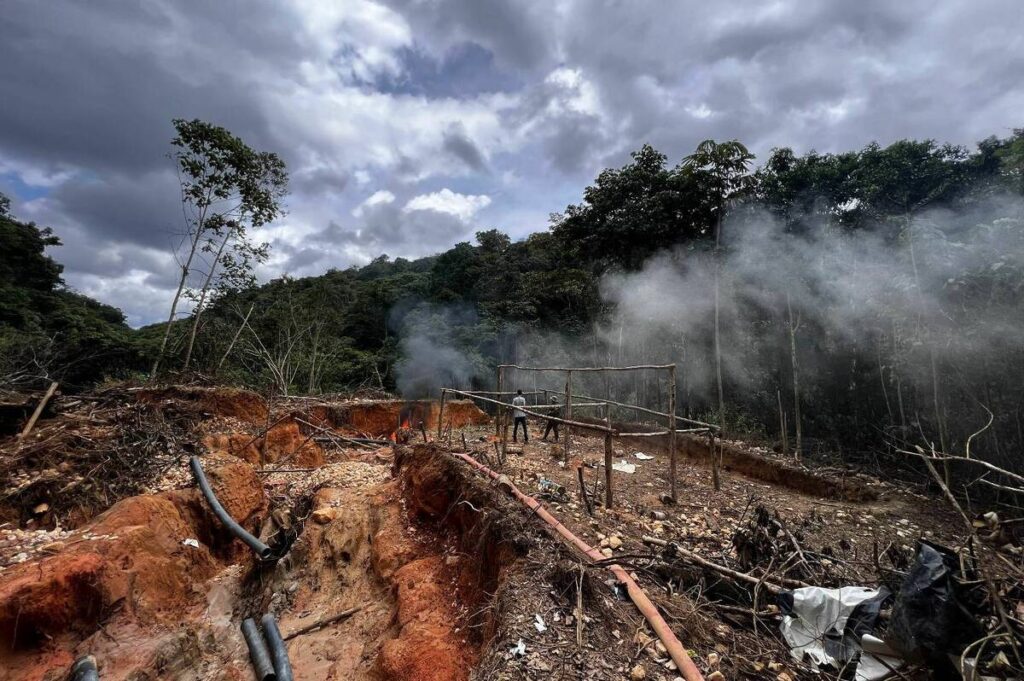In a report issued by the MapBiomas environmental monitoring network, it is revealed that Brazil experienced a decline in deforestation by 11.6 percent in 2023, with a total loss of 1,829,597 hectares of native vegetation. This news emerges within the historical context of environmental conservation efforts, pointing to a possible trend of sustainability in the South American country.
Subjects of the report were Brazil’s two largest ecosystems, the Amazon rainforest and the Cerrado, a tropical savanna. These two regions, which are of immense ecological significance, accounted for over 85 percent of Brazil’s total deforestation.
In an unparalleled turn of events since MapBiomas initiated its deforestation alerts in 2019, the Cerrado surpassed the Amazon in terms of the area deforested. In 2023, 61 percent of deforestation occurred in the Cerrado, while the Amazon accounted for 25 percent.
The alarms raised over deforestation in the Cerrado region are founded on a 68 percent increase in vegetation loss in 2023, primarily due to agricultural encroachment. Contrastingly, the Amazon experienced a 62.2 percent decrease in deforestation, with a total loss of 454,300 hectares of forest.
Despite the generally positive news about deforestation decline, MapBiomas expressed concern over the increasing concentration of deforestation in the Matopiba region, located in the northeastern states of Maranhao, Tocantins, Piaui, and Bahia.
MapBiomas, a coalition of NGOs, universities, and technology companies, plays a pivotal role in Brazil by monitoring changes in land use through mapping. This mechanism of tracking environmental changes is in line with global efforts to combat climate change, emphasizing the importance of preserving Brazil’s essential biodiverse regions like Amazon and Cerrado.
As the world continues to grapple with the implications of environmental change, reports like these highlight the crucial need for sustainable land use in Brazil, a country home to some of the planet’s most diverse ecosystems. This historical responsibility rests heavily on the governments, for whom progress in this regard has the potential to contribute significantly to global environmental stability.
